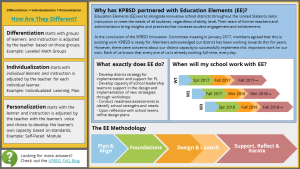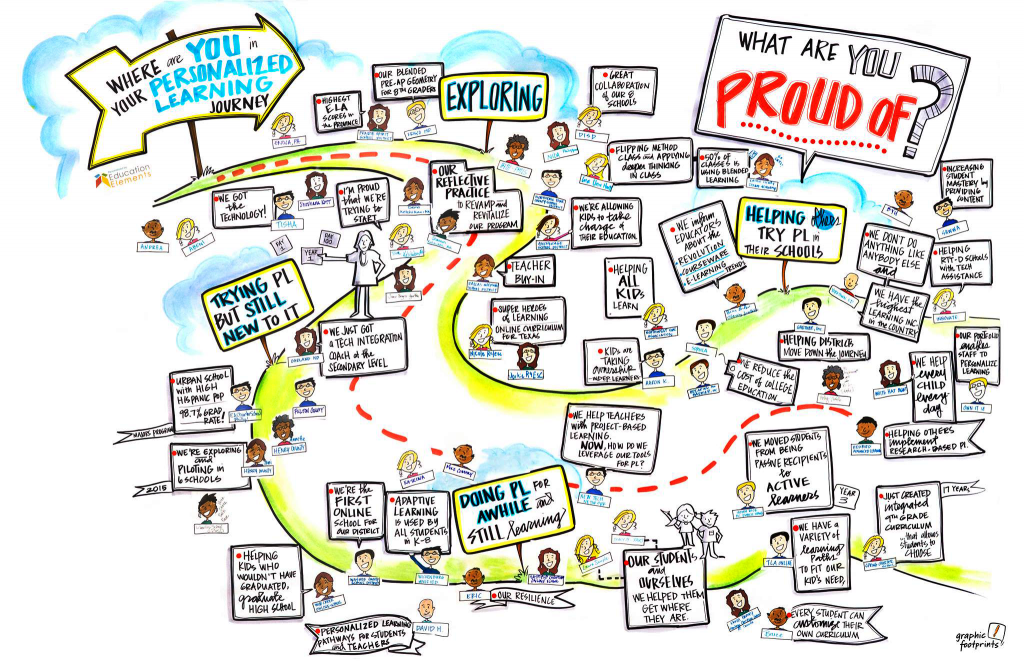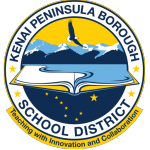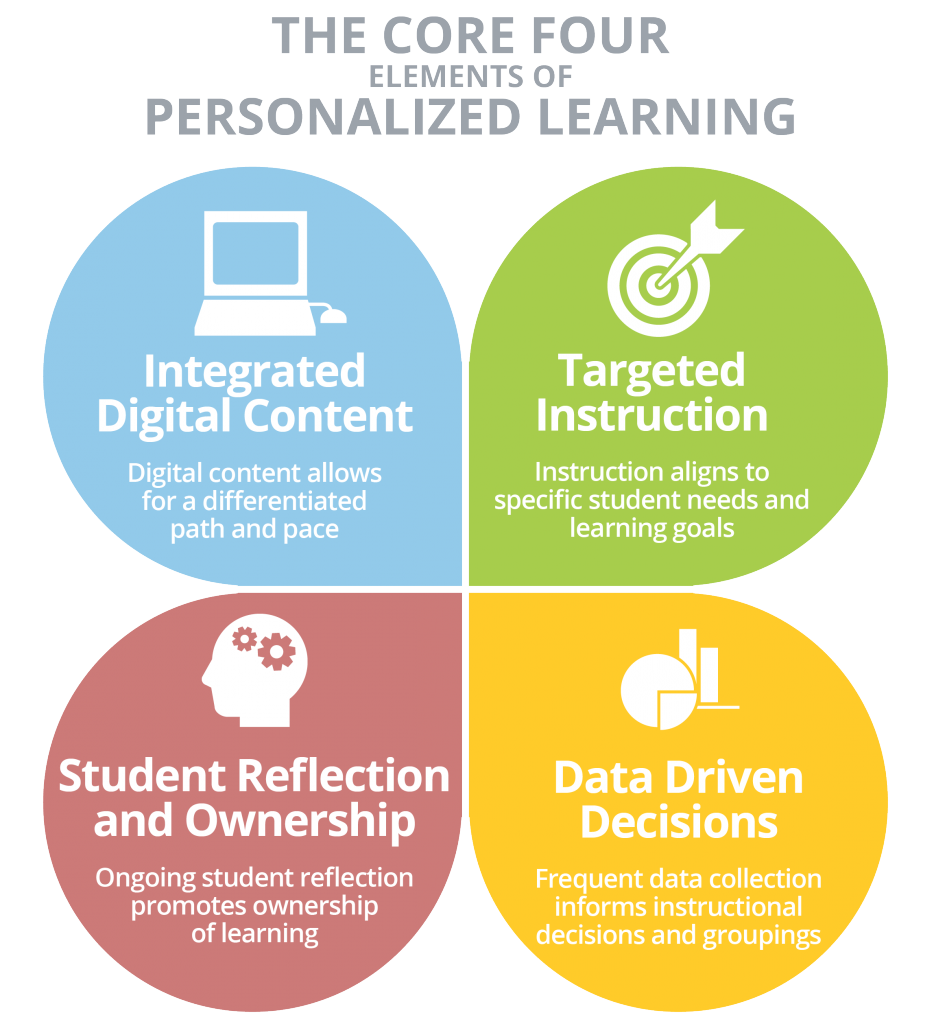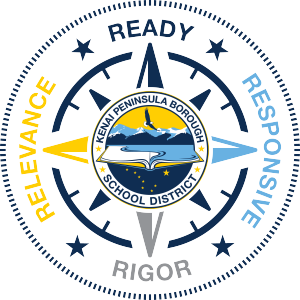As we begin the final stretch of the semester, it is a great opportunity to consider The Core Four. The Core Four are the areas that we focus on when building personalized learning in our educational practice. Using them as a focus is both a methodical way of reflecting on our teaching and administrative practices, as well as, planning new strategies to implement. As the waves of schools go through the personalized learning transition, the PL teams from each school are working with their staffs to determine, for their school, which of the Core Four they are particularly strong in and which ones are going to be an area to focus efforts. So, what are they exactly?
 Flexible Content and Tools means that we have a wide variety of content and learning tool options that are both adaptable and responsive to student needs. It also means that the options provide opportunities to create, remediate, introduce material and practice, that the content is curated (selected) by teachers, and that students have the opportunity to contribute content.
Flexible Content and Tools means that we have a wide variety of content and learning tool options that are both adaptable and responsive to student needs. It also means that the options provide opportunities to create, remediate, introduce material and practice, that the content is curated (selected) by teachers, and that students have the opportunity to contribute content.
 Student Reflection and Ownership means that we are continually asking students to reflect on their learning and take active ownership for their educational choices. Additionally, it means that students are learning to think more about their choices, that we are offer them opportunity for choice in their learning, and that student designed goals and direction are supported.
Student Reflection and Ownership means that we are continually asking students to reflect on their learning and take active ownership for their educational choices. Additionally, it means that students are learning to think more about their choices, that we are offer them opportunity for choice in their learning, and that student designed goals and direction are supported.
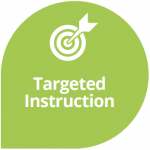 Targeted Instruction means that we align instruction to specific student needs and learning goals. Further, it means that we focus on small groups of students or 1-1 conferencing, that we use data to identify those groups, and that we vary instruction based on group needs.
Targeted Instruction means that we align instruction to specific student needs and learning goals. Further, it means that we focus on small groups of students or 1-1 conferencing, that we use data to identify those groups, and that we vary instruction based on group needs.
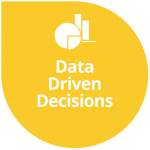 Data Driven Decisions means that we frequently collect data to inform instructional decisions and student groupings. It also means that we use data purposefully, both at the student and teacher level, that we use formative (as you go) assessments to inform our decisions, and that we are developing a culture of openness toward use of data and feedback.
Data Driven Decisions means that we frequently collect data to inform instructional decisions and student groupings. It also means that we use data purposefully, both at the student and teacher level, that we use formative (as you go) assessments to inform our decisions, and that we are developing a culture of openness toward use of data and feedback.
Building each of these four areas more deeply into our practices is an ongoing process and looks more like a spectrum of growth than a set point of achievement. There is always room to grow! Check out what examples of what the spectrum looks like for each of the areas here. For more in-depth information about the Core Four, check out the Ed Elements White Paper.

